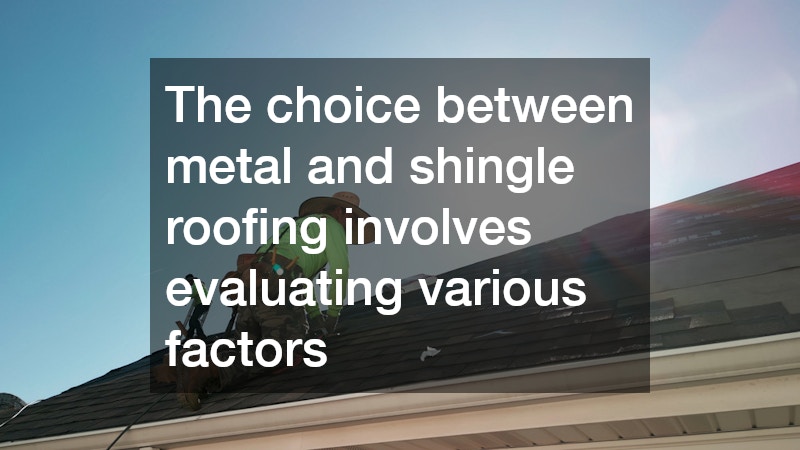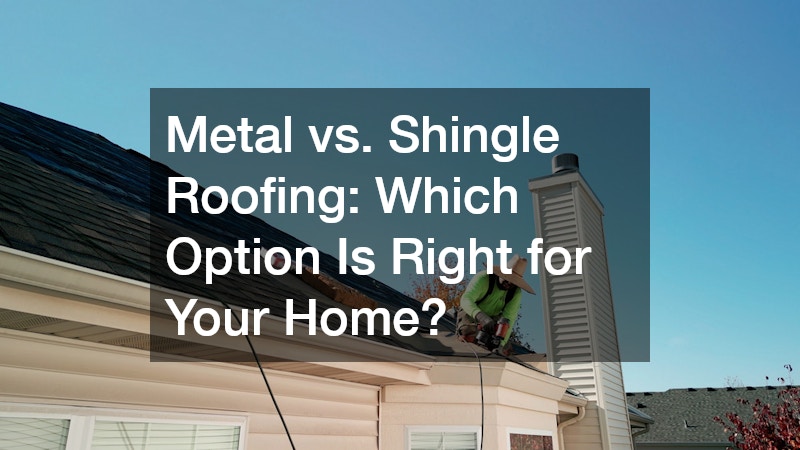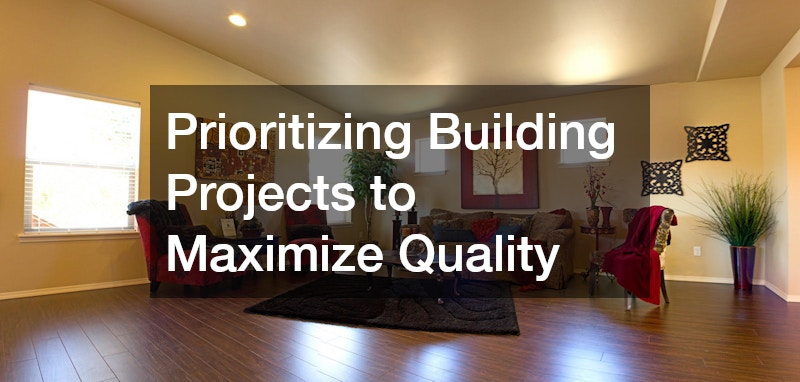
Metal vs. Shingle Roofing: Which Option Is Right for Your Home?
The choice between metal and shingle roofing involves evaluating various factors like cost, durability, aesthetics, and environmental impact. This guide will help you make an informed decision for your home improvement project.
What Are the Cost Differences Between Metal and Shingle Roofing?
Initial Installation and Material Costs
Explore how initial costs vary between metal and shingle roofing, taking into account material expenses and labor. The initial cost of metal roofing is typically higher due to the price of materials and the complexity of installation.
However, the longevity and durability of metal can justify the upfront investment over time.
Shingle roofs generally offer a lower initial investment, making them a popular choice among homeowners on a budget. Installation is often less labor-intensive compared to metal, reducing the overall cost. Despite the lower initial expense, shingles may require more frequent replacements.
While evaluating costs, consider the full lifecycle of the roofing materials. Over time, the maintenance requirements and shorter lifespan of shingles might offset the initial savings. Therefore, it’s important to weigh immediate costs against long-term spending.
Long-Term Savings and Return on Investment
Metal roofs can significantly contribute to long-term savings through reduced maintenance needs and energy efficiency. They often reflect solar rays, helping to keep homes cooler in summer and lower energy bills. These factors can enhance the overall return on investment for metal roofing.
On the other hand, shingle roofs may incur higher maintenance costs due to their susceptibility to damage from weather and wear. Potential savings in energy costs might also be smaller with shingles compared to metal. Yet, for some homeowners, the lower initial cost remains attractive despite these factors.
When considering investment returns, evaluate both the cost of installations and the anticipated duration of use. A home with a metal roof may have a higher resale value due to its longevity and energy efficiency. Therefore, factoring in future plans for the property can guide your decision on roofing materials.
How Do Durability and Lifespan Compare?
Metal Roofing Longevity and Wear
Dive into the longevity of metal roofing, resistance to weather, and typical maintenance needs. Metal roofs are known for their impressive lifespan, often lasting 40 to 70 years or more. Their resistance to harsh weather conditions, such as hail and high winds, contributes to their reputation for durability.
Routine maintenance for metal roofs is typically minimal compared to other materials. Occasional inspections and cleaning to remove debris can preserve their lifespan. Many metal roofs also come with warranties that cover several decades, offering further peace of mind.
Despite higher upfront costs, metal roofs tend to require fewer repairs over their lifetime, translating into long-term savings. Their strength and resistance to deterioration make them a worthwhile investment for enduring weather challenges. This longevity can also provide a significant increase in home value, appealing to potential buyers.
Shingle Roofing Lifespan and Repairs
Analyze the lifespan of shingle roofs and the frequency and nature of repairs needed over time. Shingle roofs generally last 20 to 25 years, depending on the quality and installation practices. They are susceptible to damage from severe weather events, which can lead to more frequent repairs and replacements.
Maintenance for shingle roofs often involves replacing individual shingles that have become loose or damaged. This type of roof is more prone to issues such as leaks if not properly maintained. The regular care needs and shorter lifecycle can contribute to higher long-term costs despite lower initial investment.
The relatively shorter lifespan of shingle roofs may necessitate early replacement decisions. This factor should be considered when planning long-term home ownership or resale. While the aesthetics of shingles add value, ongoing repairs and replacements could diminish overall cost efficiency.
Which Roofing Option Offers Better Aesthetics and Customization?
Design Versatility in Metal Roofing
Explore the range of styles, colors, and finishes available with metal roofing options. Metal roofs now accommodate diverse tastes with options that mimic traditional shingles, tiles, or even wood shakes. Their wide array of colors and finishes allows customization that complements any home style.
Technology advancements in metal roofing enable creative architectural designs with sleek, modern aesthetics. Homeowners desiring a clean, contemporary look often find metal roofing appealing. The finishes used in metal roofing are designed to resist fading, ensuring aesthetic appeal lasts over the years.
The adaptability of metal roofs to imitate other materials while providing durability is an attractive feature. From classic to contemporary, metal roofing can significantly enhance curb appeal. This versatility makes metal roofs a strong contender for homeowners seeking distinctive and durable roofing options.
Compatibility with Different Home Architectural Styles
Discuss how metal and shingle roofs enhance or match various architectural designs. Metal roofing stands out for its ability to adapt to both modern and rustic architectural styles. Its clean lines and range of color choices work well with innovative architectural designs.
Meanwhile, shingle roofing complements traditional home styles amazingly well, such as classic colonial or cozy cottage designs. Its varied textures and colors allow homeowners to maintain the distinct character of older architectural styles. While shingles harmonize with traditional aesthetics, metal roofs are ideal for contemporary builds.
Whether choosing metal for its sleekness or shingles for their classic charm, both have a place in residential architecture. Homeowners can select a roofing type that upholds their house’s architectural authenticity. The decision often balances aesthetic desires with practical concerns like durability and maintenance.
Conclusion
Assessing the financial, aesthetic, and environmental aspects are essential in directing your choice. Metal roofs provide long-term durability and energy efficiency, proving beneficial for eco-conscious homeowners. In contrast, shingle roofs maintain an aesthetic appeal with a lower initial investment despite higher maintenance over time.
Ultimately, selecting the right roofing relies on evaluating both current needs and future considerations. Whether optimizing for cost, appearance, or ecological impact, understanding these factors will guide homeowners to an informed decision. Weigh all considerations carefully to ensure a roofing choice that enhances property value and aligns with personal priorities. If you’re unsure which option is right for you, speaking with an experienced roof installation company can help. Contact The Guild Collective today and get advice from one of our experts.





